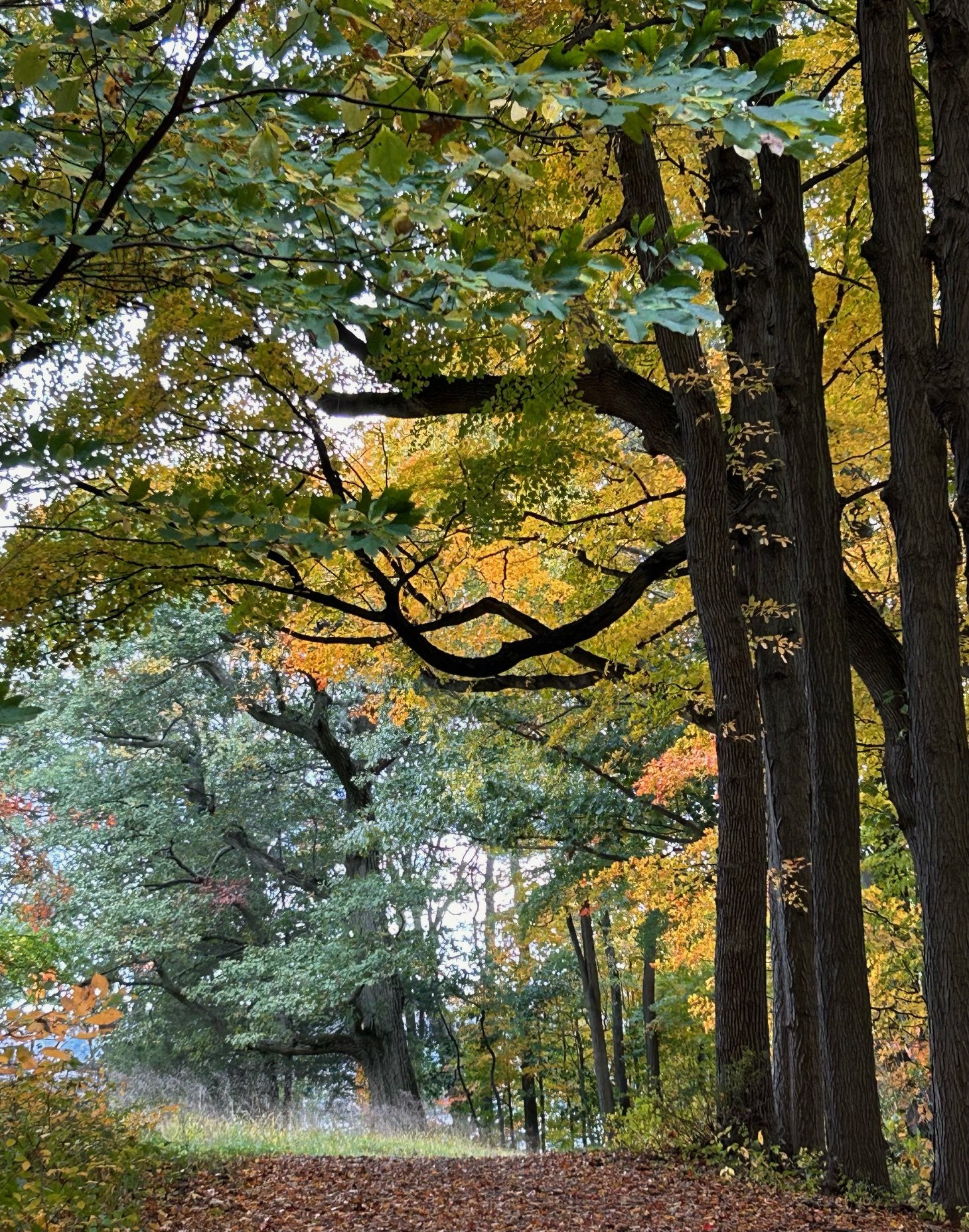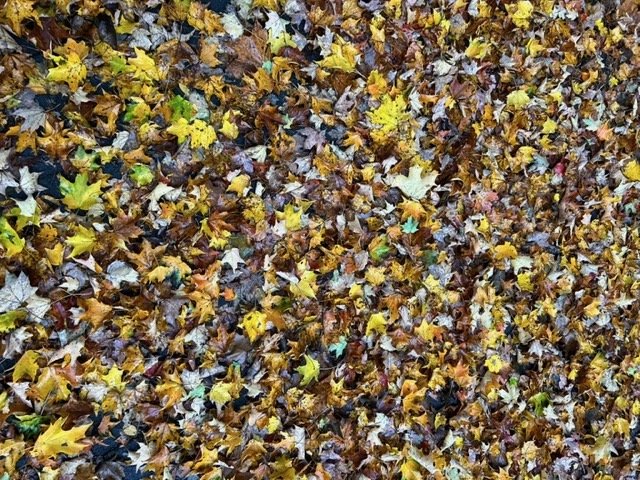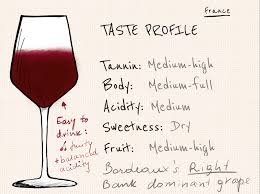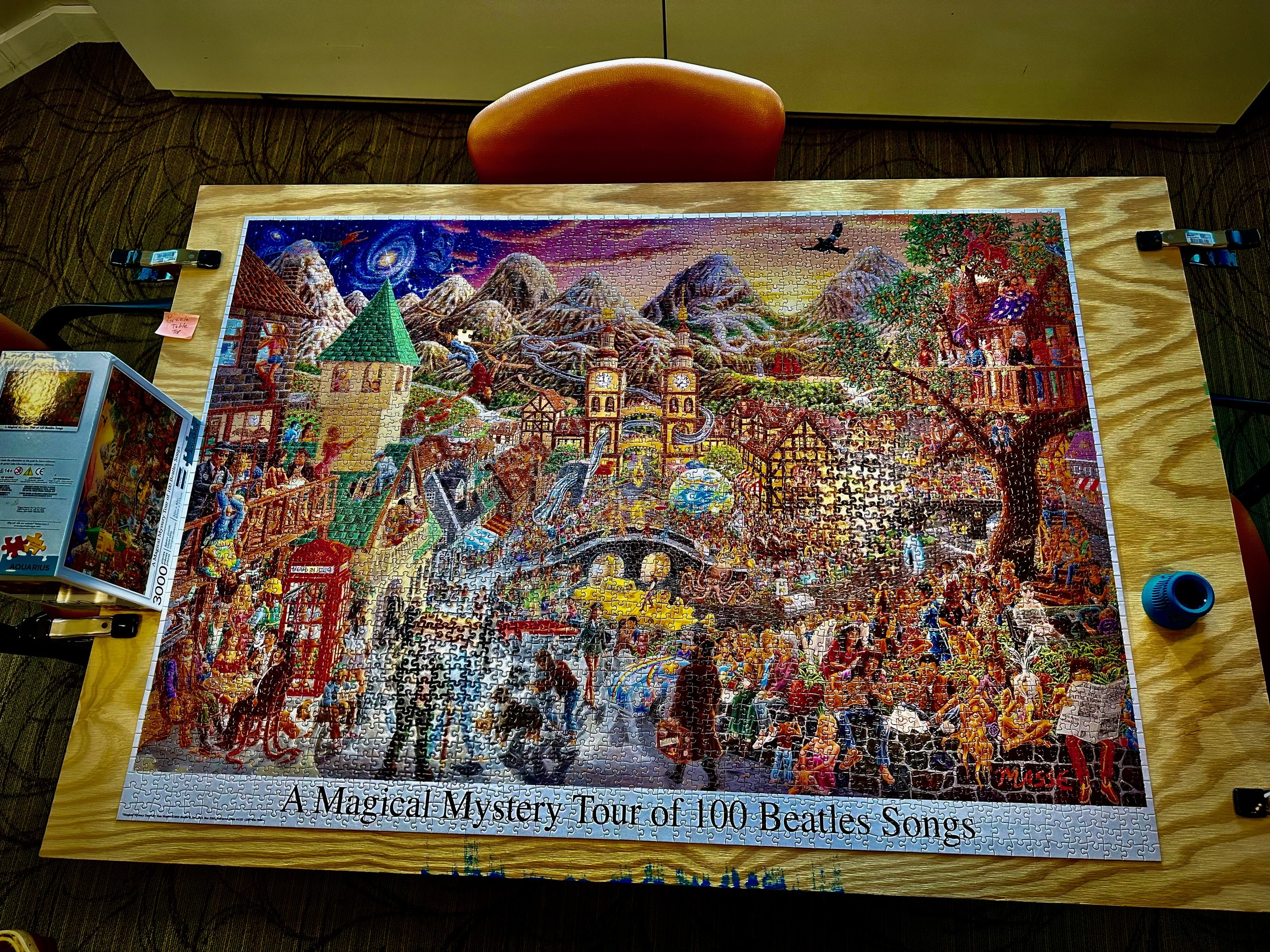National Pickle Day was created to celebrate the pickle — tart, sweet, even spicy — as one of the world’s favorite fermented foods (say that 3 times fast). Pickles are popular across the US, with more than 250 million consumed by the end of this year. No matter the type — dill, gherkin, cornichon, brined, kosher dill, Polish, Hungarian, lime, bread-and-butter, Swedish, Danish, there’s even a Kool-Aid pickle (ick) — we eat them all day long.
The term pickle comes from the Dutch word “pekel,” meaning “brine.” In the US, the word pickle typically refers to a pickled cucumber. However, just about any fruit or vegetable can be pickled. The process typically starts with a blanching process, depending on the fruit or vegetable. Next, the product is packed into jars with seasonings that give the pickles their flavor. A pickle’s tartness or sweetness comes from the brine. A basic brine includes vinegar and water. Sugar, in varying amounts, adjusts the level of sweetness in the brine.
Pickling has existed for thousands of years. The process ensured a degree of preservation otherwise impossible in pre-modern conditions. It was essential as a mobile supply of provisions for travelers, as well as a dependable source of nutrition for those living through barren winters.
Pickles’ popularity dates back to 2030 BC. At the time, traders imported cucumbers from India to the Tigris Valley. There, people first preserved and ate cucumbers as pickles. Cleopatra attributed her good looks to her diet of pickles. Julius Caesar craved the benefits of pickles. He so believed they lent physical and spiritual strength, he gave them to his troops.
Popular in the Old World (i.e., Europe), pickles first made their appearance in the New World (eg, North America) in 1492, provided by guess who. Yes, it was old Christopher Columbus. Pickles were included in sailors’ rations on his expeditions as a way to prevent the onset of scurvy. By the mid-17th century, cucumbers bought from Dutch settlers farming in the NY area were pickled and distributed throughout the region, paving the way for our state to be the perfect site for the introduction of the Kosher dill pickle. In the late 1800s and early 1900s, Eastern European Jews immigrated to the US in great numbers and settled in the NYC area. They brought with them the unique methods that produce kosher dill pickles.
In the US, we consume a phenomenal 5,200,000 pounds annually (about 9 pounds per American). Yes, they’re high in sodium, but they’re also a good source of vitamin K. Eaten in moderation, they make a great snack. While on the subject of pickle snacks, food vendors sometimes serve pickles on a stick at fairs or carnivals. They are known, rather obviously, as “stick pickles.” A rising trend in the US is — wait for it: deep-fried pickles. The pickle is wrapped in dough or dipped in breading and deep-fried. No, we’re not kidding.
National Pickle Day traces its roots to International Pickle Week, which was started by the National Pickle Packers Association in 1949. Who else?
November 15: National Raisin Bran Cereal Day













































































